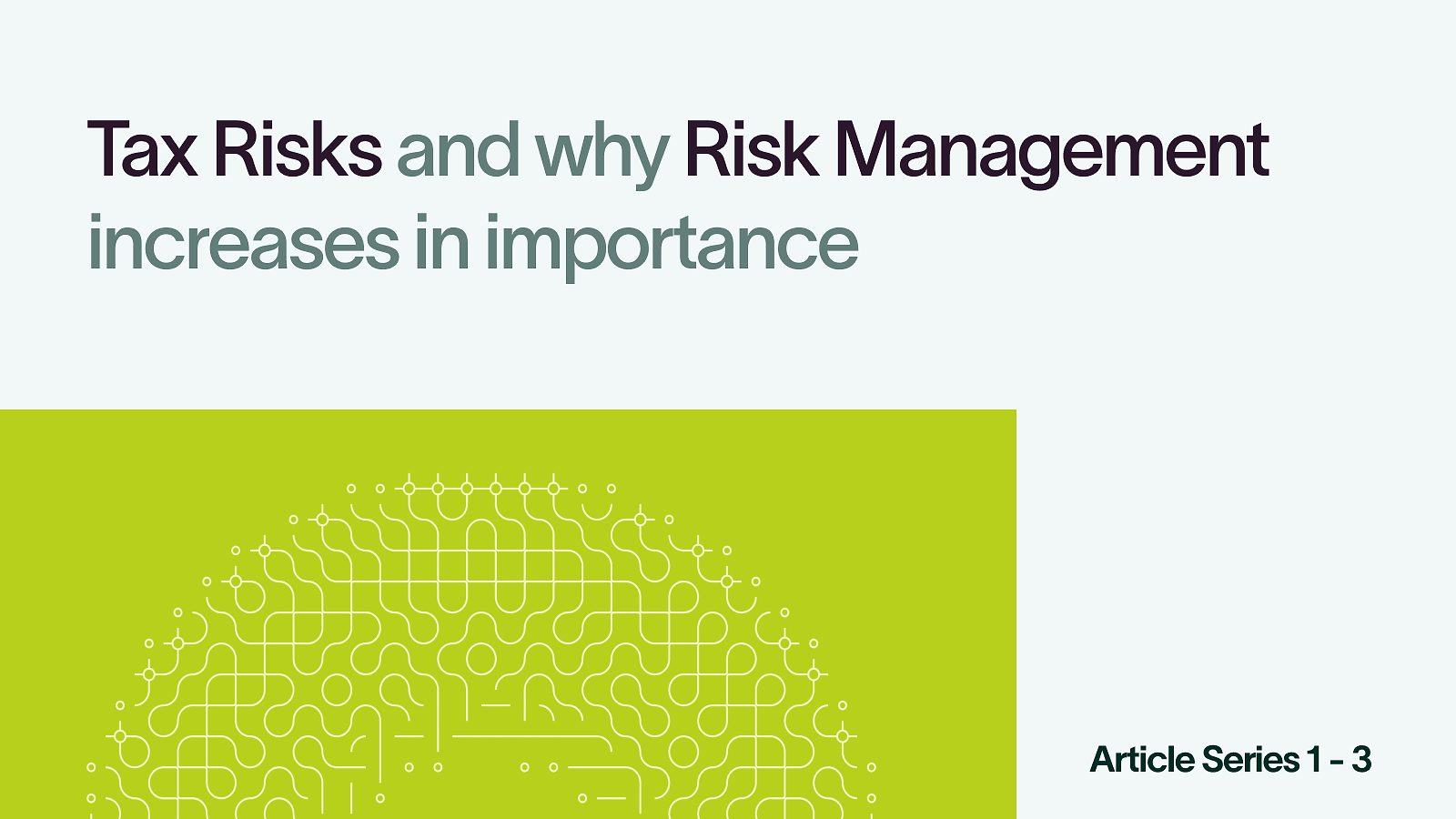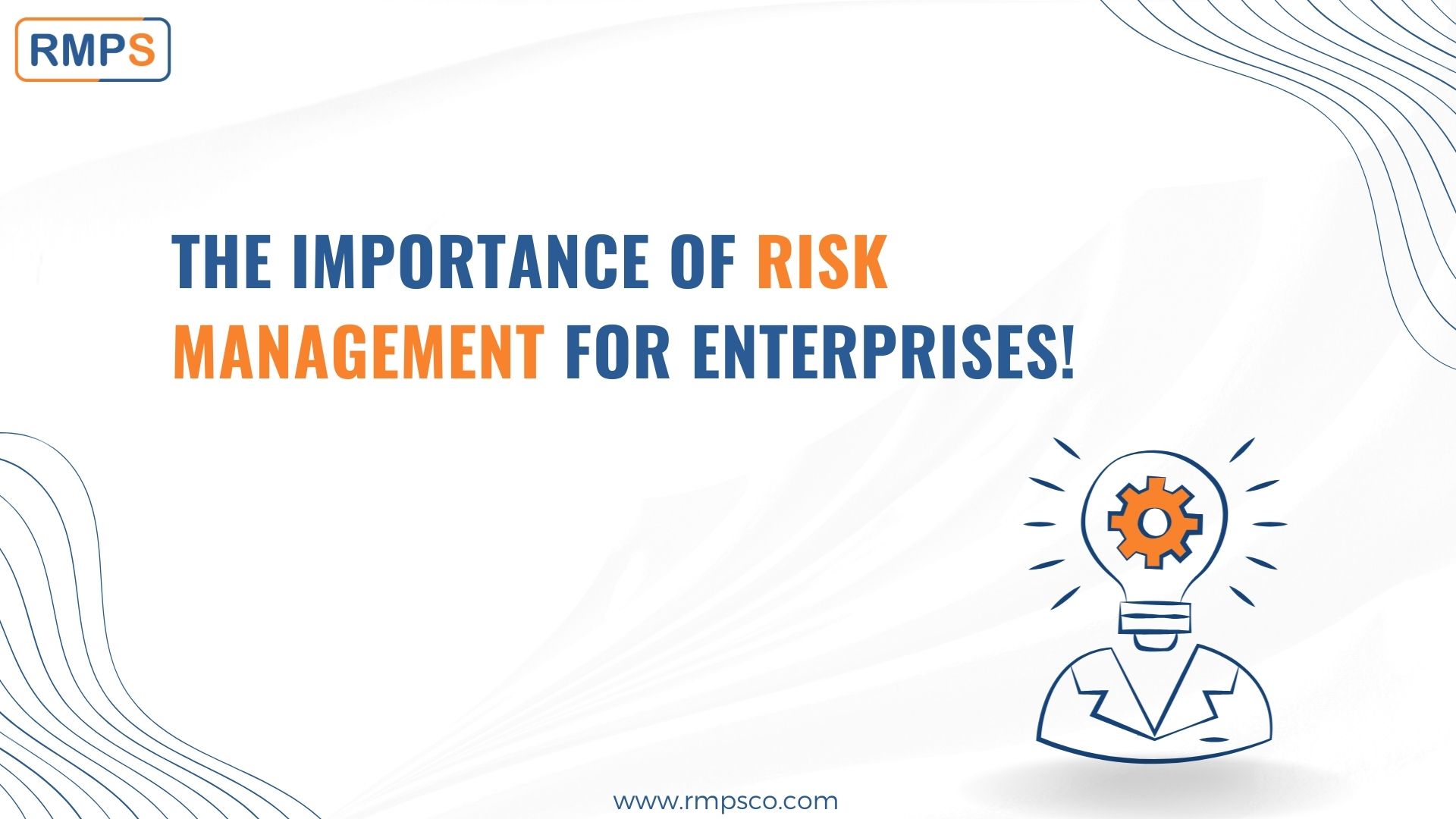Why Organizations Should Emphasize the Importance of Risk Management Now More Than Ever
Checking out the Importance of Risk Management for Effective Decision-Making Methods
In the detailed globe of service, Risk Management arises as an essential element in the decision-making procedure. The ability to recognize potential risks and chances, and plan appropriately, can lead to the difference between success and failing.
Recognizing the Principle of Risk Management
Risk Management, a crucial element in decision-making, is often misunderstood or oversimplified. Typically, it describes the recognition, analysis, and prioritization of threats to reduce, keep track of, and manage the likelihood or influence of unfavorable occasions. Nonetheless, it's not just about preventing adverse end results, yet likewise concerning recognizing potential opportunities. Risk Management includes structured and disciplined techniques, using data and insightful analyses. It needs a detailed understanding of the company's context, goals, and the potential risks that can combat them. From monetary unpredictabilities, lawful obligations, calculated Management mistakes, to mishaps and all-natural calamities, it resolves numerous dangers. Notably, effective Risk Management is not stationary; it's a constant, progressive procedure that evolves with transforming conditions.
The Duty of Risk Management in Decision-Making Processes
In the world of strategic planning and organization operations, Risk Management plays an integral role in decision-making procedures. It assists in determining possible risks and unpredictabilities that could impact the success of company purposes. By mapping these risks, firms can develop techniques to minimize their impact, making certain company connection and stability. Risk Management hence ends up being an important tool in decision-making, helping leaders to make informed selections based on a detailed understanding of the threats involved. It encourages a positive technique, making it possible for organizations to prepare and expect for feasible future scenarios. This substantially minimizes the chance of unfavorable repercussions, advertising extra efficient and effective decision-making strategies. For that reason, Risk Management acts as a crucial part in the decision-making procedures of any kind of company.

How Risk Management Improves Strategic Planning
In the context of calculated preparation, Risk Management plays a critical role. Launching with the recognition of potential threats, it better prolongs to the implementation of Risk mitigation measures. The duty of Risk Management is not fixed but vibrant, as it demands consistent monitoring and adjusting of approaches.
Determining Potential Threats

Executing Risk Mitigation
Risk reduction strategies can range from Risk avoidance, Risk transfer, to run the risk of reduction. Each approach ought to be customized to the certain Risk, considering its possible effect and the company's Risk tolerance. Reliable Risk mitigation calls for a deep understanding of the Risk landscape and the possible effect of each Risk.
Tracking and Readjusting Techniques
Though Risk mitigation is a vital step in tactical preparation, continual tracking and adjustment of these methods is just as essential. This recurring process enables companies to identify brand-new threats and reassess existing ones, making sure the implemented techniques remain efficient in the ever-changing organization environment. It likewise provides click reference a chance to examine the success of the Risk Management steps, permitting adjustments to be made where needed, more enhancing calculated preparation. Efficient tracking and adjustment need the usage of analytics and essential efficiency indicators (KPIs) to determine effectiveness. These devices provide important data-driven understandings that can educate critical decision-making. Therefore, tracking and changing Risk Management methods is an essential part for boosting an organization's resilience and strategic planning.
Situation Studies: Successful Risk Management and Decision-Making
In the world of business and financing, successful Risk Management and decision-making commonly serve as the columns of prosperous ventures. These situations highlight the value of sharp Risk Management in decision-making processes. These cases emphasize the vital function of Risk Management in critical decision-making.
Devices and Methods for Effective Risk Management
These devices, such as Risk registers and warm maps, aid in determining and examining possible threats. Risk action methods, a key component of Risk Management, entail approving, preventing, moving, or mitigating dangers. With these tools and techniques, decision-makers can browse the go to the website facility landscape of Risk Management, consequently assisting in notified and efficient decision-making.
Future Trends in Risk Management and Decision-Making Approaches
As we discover the vast landscape of Risk Management, it ends up being apparent that the tools and techniques utilized today will continue to evolve. Future fads aim in the direction of a raised reliance on technology, with expert system and artificial intelligence playing significant duties. These innovations will certainly enable organizations to forecast prospective risks with better accuracy and make even more educated decisions. In addition, there will be an expanding emphasis on strength, not just in managing dangers however also in recovering from unfavorable scenarios. Finally, the idea of Risk culture, where every participant of a company is aware and entailed in Risk Management, will get much more prestige. These trends advertise an even more inclusive and positive approach in the direction of Risk Management and decision-making.
Verdict

Risk Management therefore comes to be a vital device in decision-making, aiding leaders to make informed choices based on a thorough understanding of the threats involved. Risk mitigation approaches can vary from Risk avoidance, Risk transfer, to take the chance of decrease (importance of risk management). Reliable Risk mitigation requires a deep understanding of the Risk landscape and the prospective impact of each Risk. Risk reaction methods, a vital component of Risk Management, include accepting, preventing, transferring, or mitigating threats. The idea of Risk society, where every participant of an organization is aware and entailed in Risk Management, will certainly get much more prominence